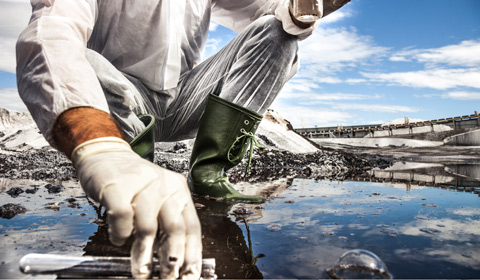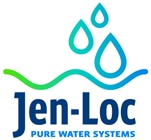POLLUTION


How does Zeolite work?
How does our water get polluted?
Water passes through stages which we refer to as “The Hydrologic Cycle.” Precipitation droplets attach to the chemicals going into the atmosphere, they rain on our crops and are absorbed into the soils and plants/animals, atmospheric pressure pushes the water down into our bedrock where it enters an aquifer and works its way to becoming source water with a private well, a private dug/spring surface well or a municipal source, before it comes out of your faucet.
Many substances that are hazardous to human health can enter water supplies. Chemical waste from factories is sometimes dumped into rivers and lakes, or directly onto the ground. Pesticides (chemicals that kill insects) applied to farmland enter the surface water and ground water, often in large quantities.
With the uptick of people flushing unused medications into the septic/leach (municipal or private) we began to see a rise in pharmaceutical chemicals evidencing in water supplies. Many of these are “man-made” and will not break down in nature and must be removed by several options — most of which, to date, have rendered themselves toxic with special handling requirements.
Sometimes it is toxic chemicals that are “natural” and truly “organic” in nature. Like all rocks, granite may contain naturally-occurring radioactive elements like radium, uranium and thorium. Some pieces of granite may contain more of these elements than others. These radioactive elements start as solids but decay over time into Radon. The amount of Radon produced by a granitic mass is directly proportional to its uranium content. Because Radon is colorless and odorless and is produced in extremely minute quantities, it can be detected only by special equipment. The Health Physics Society, after testing several samples of commercial granite, concluded that the radon produced by a typical granite countertop would be about 30x lower than the level laid out in the EPA guidelines.
